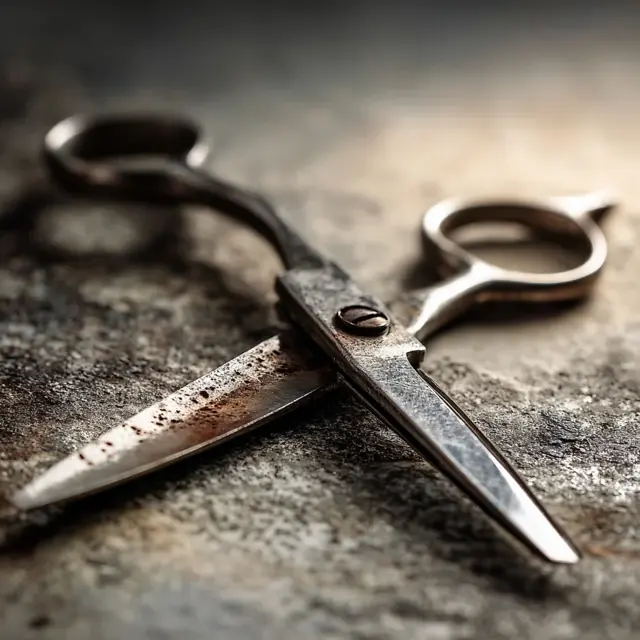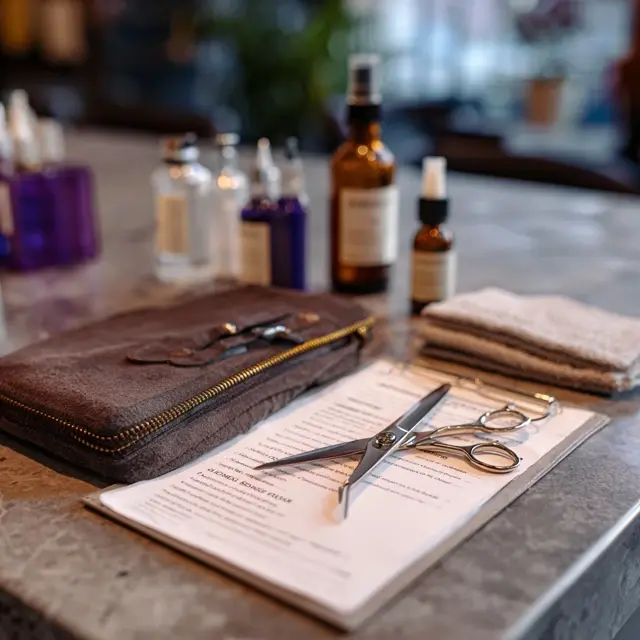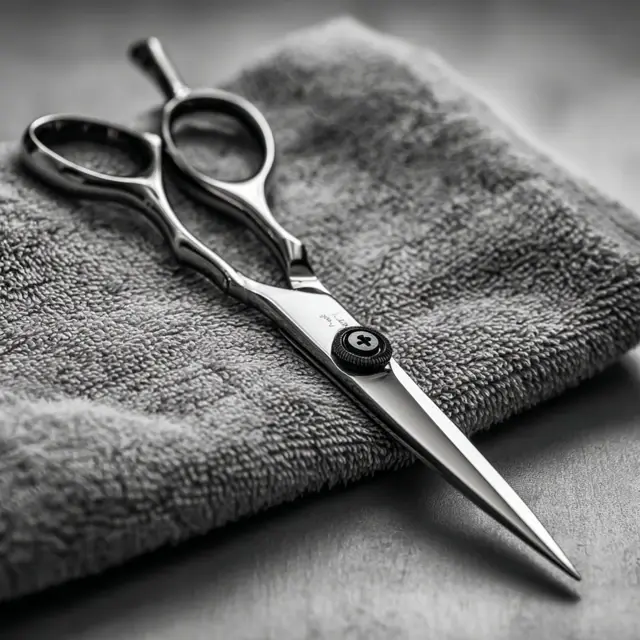Hair Scissors Drop Damage: What to Do Next
Accidents happen—even to the most careful stylists. A simple slip can send your hair scissors crashing to the floor, leaving you worried about alignment, nicks, or even a broken tip. While drop damage can feel like a disaster, knowing what to do next can save your scissors and protect your cutting quality.
Why Dropping Hair Scissors Is So Harmful
Unlike everyday scissors, professional hair scissors are finely engineered. A fall can lead to:
- Blade Nicks: Small chips along the edge reduce sharpness.
- Tip Damage: The delicate point can bend or break.
- Misalignment: A jolt can shift the tension screw, causing uneven cuts.
- Handle Stress: Impact may loosen or warp finger rings.
Immediate Steps After Dropping Hair Scissors
1. Inspect for Visible Damage
Check for chips, bent tips, or loose screws. Even small imperfections can affect performance.
2. Test the Tension
Open and close the scissors slowly. If you feel resistance, looseness, or hear unusual sounds, the alignment may be off.
3. Try a Strand Test
Cut a single strand of hair. If the scissors bend or snag, they likely need professional attention.
4. Stop Using Damaged Scissors
Continuing to cut with compromised blades can worsen the damage and harm your clients’ hair.
When to Seek Professional Repair
Minor scratches may be manageable with careful cleaning and oiling, but most drop damage requires professional servicing. Look for a sharpening specialist who can:
- Re-align the blades and reset tension.
- Polish out nicks or chips.
- Restore tip sharpness.
Preventing Future Drops
Simple precautions can reduce the risk of accidents:
- Use a scissor holster when moving between clients.
- Avoid balancing scissors on counters or armrests.
- Keep your workstation organized to minimize clutter.
- Invest in cases that protect scissors during storage or travel.
Final Thoughts
A dropped pair of hair scissors doesn’t always mean the end, but swift and smart action is crucial. Inspect, test, and if necessary, seek professional repair before using them again. Prevention, combined with proper handling, ensures your tools remain sharp and reliable.




